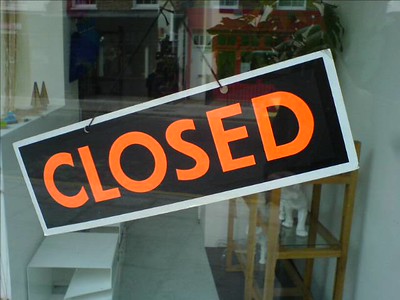Today’s news is filled with stories about the enrollment declines at community colleges. The pandemic has chased students away from two-year colleges in large numbers. But data are beginning to show that COVID-19 isn’t the only thing that’s working against enrollment at community colleges.
Hard Truth #1: The pandemic has been hard on women
Since August, American women have lost (or given up) more than 5 million jobs in 2020. This became painfully apparent in August, when the kids didn’t return to in-person school. As it turns out, elementary and middle school students aren’t good at self-management. Someone has to be with them as they attempt to navigate “Zoom school.” That someone turns out to be Mom. Apparently, women are having a hard time working and momming at the same time.
Hard Truth #2: The pandemic has been hard on low-wage workers
The pandemic has also been especially hard on people who can’t work from home. Employment sectors that rely on low-wage workers have been hardest hit by the pandemic. Restaurants, hotels, entertainment, retail and healthcare employers all need low-wage workers to make their business models work.
Hard Truth #3: The pandemic hasn’t been kind to minorities
Minorities are much more likely to work in jobs that they can’t perform from home. They spend more time on the front lines, and have been disproportionately impacted by job cuts, hours cuts, benefits cuts and even COVID-19 itself.
Hard Truth #4: Community colleges enrollment is tied to Hard Truths 1-3
The community college demographic draws heavily on women, single parents, low-wage workers and minorities. They can’t work, manage their kids, and go to school all at the same time. Low-wage workers have been placed on the front lines of a war they didn’t ask for. And while they perform heroically each day, employers have forgotten about the sacrifice these workers are making, by not raising their pay. This leaves many low-wage workers without the resources they need to participate in online classes.
And “resources” doesn’t just mean money. Many lack space, Internet connectivity and computer resources to make Zoom School work. Other low-wage workers have lost their jobs during the pandemic as their employers closed their doors, hoping for better days.
All of these factors combine to make it more difficult for these people, who are predominant in community college demographics, to attend classes.
The pandemic of 2020, having overstayed its welcome, is probably on its way out. But its impact will be felt for years. It may be a while before the traditional community college audience is ready to return to the classroom. Community colleges may have to spend more time, effort and money to find people who are ready to tackle college and help them enroll. The free community college programs are a start, but there are many more students out there who cannot or will not take advantage of these programs. Which brings me to another hard truth.
Hard Truth #5: Relying on tuition increases is risky for community colleges
Raising tuition to make up for lost income is a losing proposition. Raising the tuition rate too high eliminates potential students in the lowest 20% of all earners in the US. Unfortunately, this is where most community college students come from. Community colleges will become a gateway for middle-class students to reduce the cost of a four-year degree. Meanwhile, people living in poverty can no longer access affordable career education to improve their futures.
That’s why WCC needs trustees that are engaged in making certain that the community college is accessible to everyone. Right now, we have trustees who are engaged in constructing buildings that campus doesn’t need and can’t afford. And they’re hatching plans to make the students pay for them through increased tuition and higher fees.
Raising the ante for the poorest of the poor just doesn’t seem right. Especially now.
Photo Credit: Russell Davies , via Flickr


































